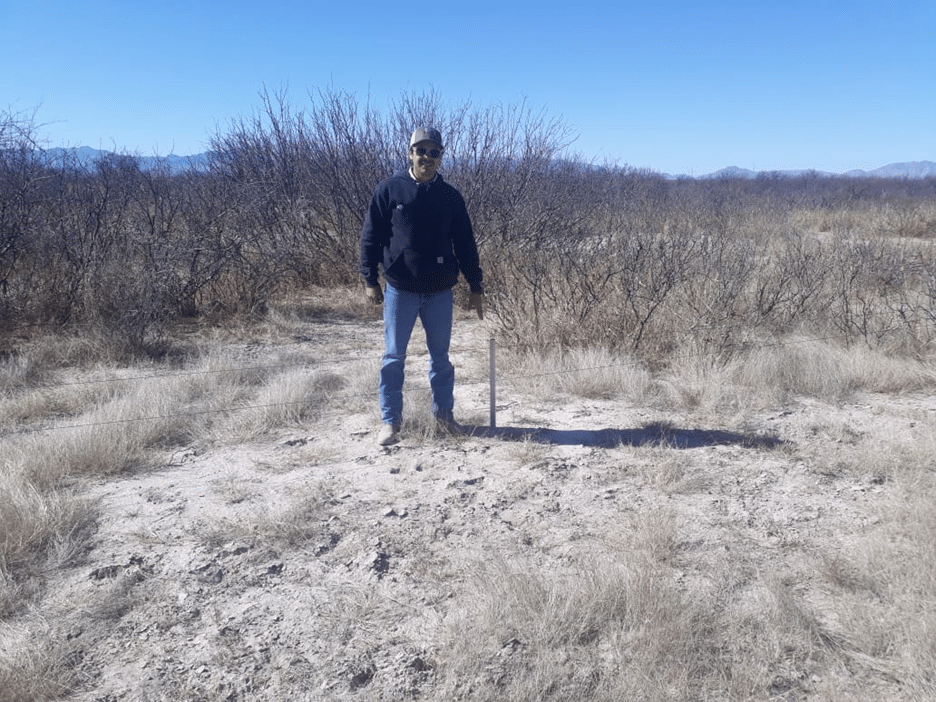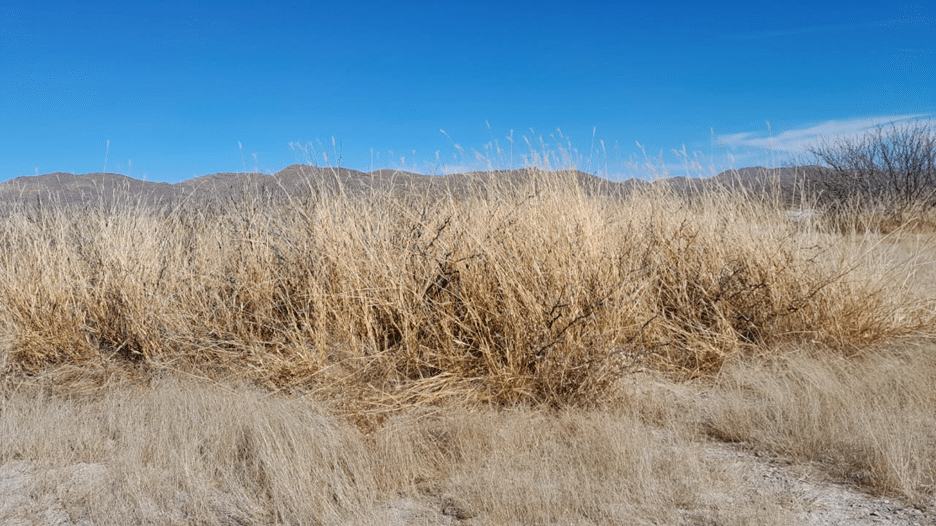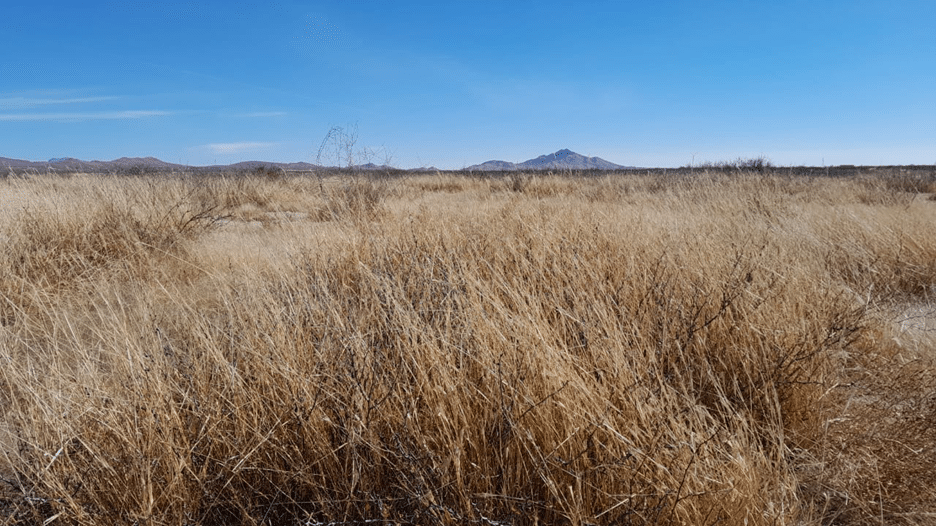‘Growing Soil’ Through Adaptive Grazing
Part one: Healing
Fernando Falomir, Understanding Ag, LLC
It is incredible to see how much soil one can regenerate just by changing management practices. The fence in the photo above was set in place in 2008. Since the utilization of adaptive grazing, we have increased ground cover and reduced surface runoff enough for sedimentation to build. In other words, we’re “growing” soil.
The top wire is usually set 35 inches from the ground, but is now only 21 inches from the ground. That’s building soil at the rate of one-inch per year. At this rate, we will soon have an electric fence for jackrabbits!

When looking at natural processes, we often cannot observe the changes that occur over the course of many years. Erosion and sediment transport has been happening since the beginning of time but through our management practices, we are directly responsible for the accelerated degradation of our ecosystems. The photo above is proof we can also undo the damage we have caused, and far more quickly than we have been taught.
To give some context, this was our most degraded pasture. After several decades of continuous grazing and partial rest, grass species biodiversity and ground cover declined and desertification and erosion took its place. In fact, our landscape was so badly degraded that one could drive around and not have to worry about getting a flat tire because there were few mesquite trees and nothing but bare soil.
By the time we began implementing regenerative practices in 2004, mesquite encroachment began taking its place, and while many consider this to be a serious problem, one must remember that this is part of nature’s way of healing itself. In these pictures (see below), it is clear that mesquite growth slowed down the velocity of water falling from the sky and onto the soil surface, thereby greatly reducing wind and water erosion. This sets the stage for soil growth.
In the photo, we can see mesquite slowly being buried in the sand, promoting new shoots to grow and resulting in a bushy-growth habit. By employing adaptive grazing practices with requisite recovery and rest periods, The cattle break the soil crust and accelerate the redistribution of seeds from other less degraded areas on the ranch. Succession then steps forward and slows sediment transport. New plant species establish from the latent seed bank, especially perennials. As succession continues, the mesquite is slowly engulfed by the grass that it helped establish. Proof that nature is self-organizing, self-healing and self-regulating, IF given a chance!
*Author’s note: No seed has been purchased nor has there been any machinery or any other traditional water-harvesting techniques implemented. The use of cattle alone, through adaptive grazing, is our primary tool for land restoration!


